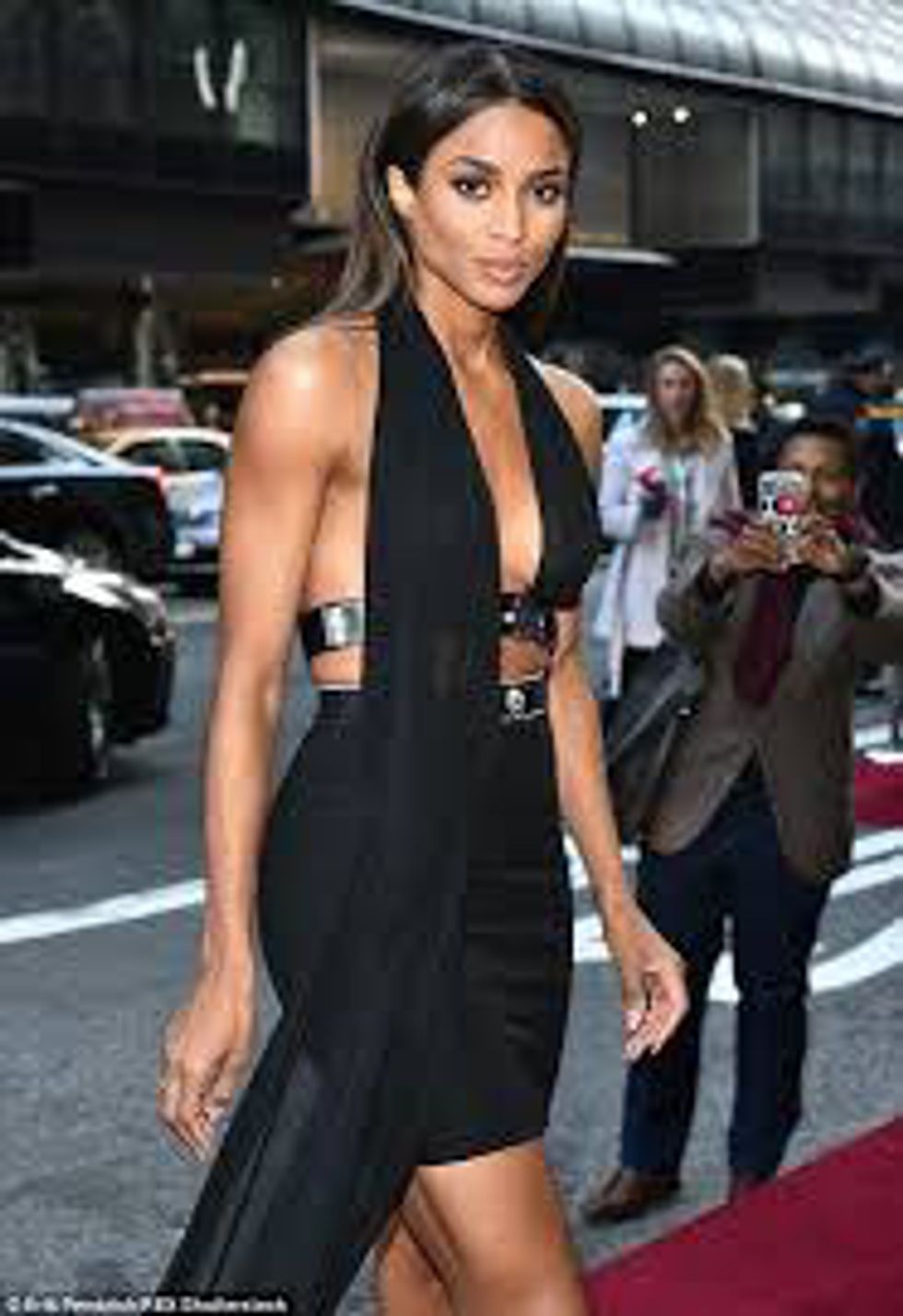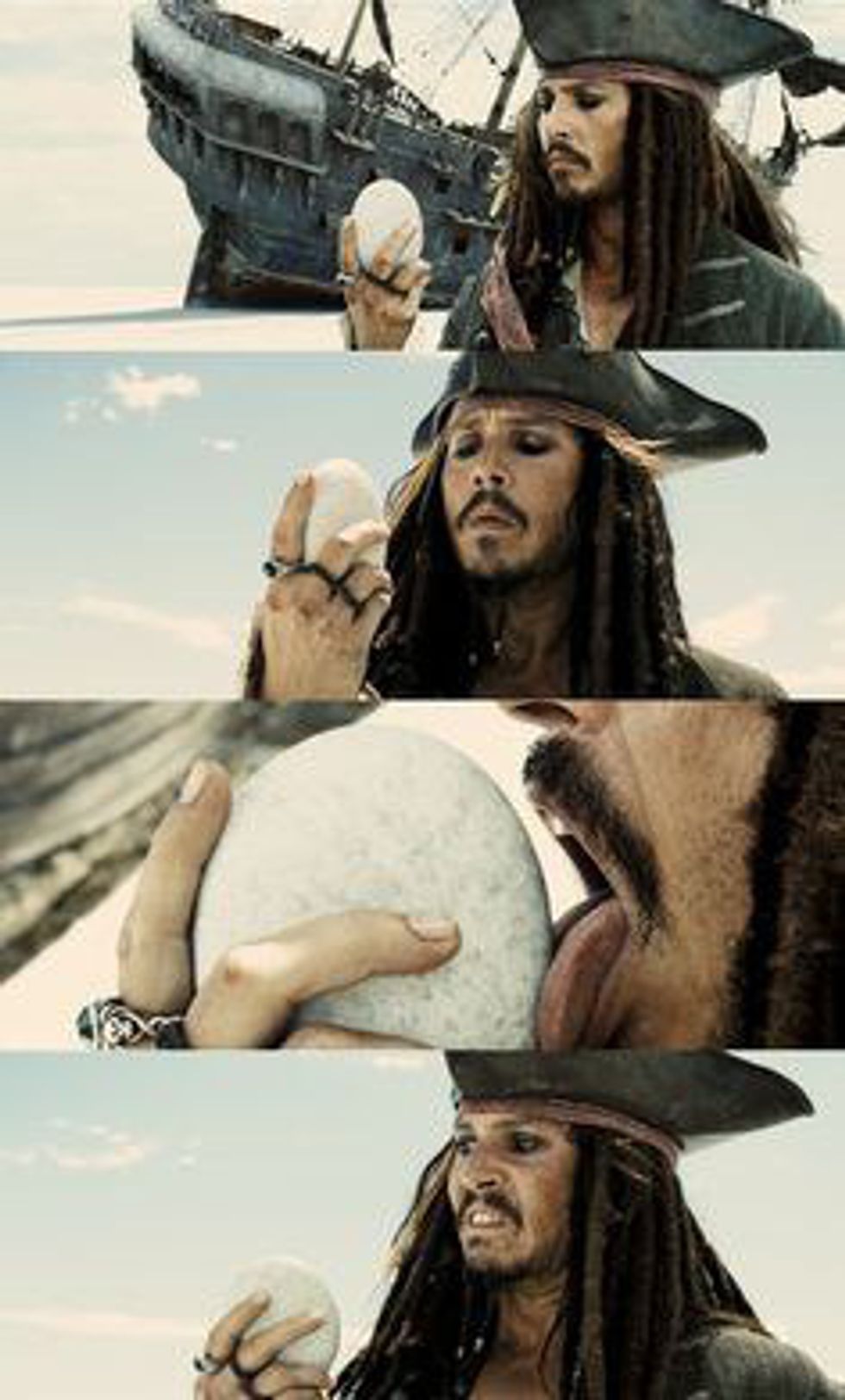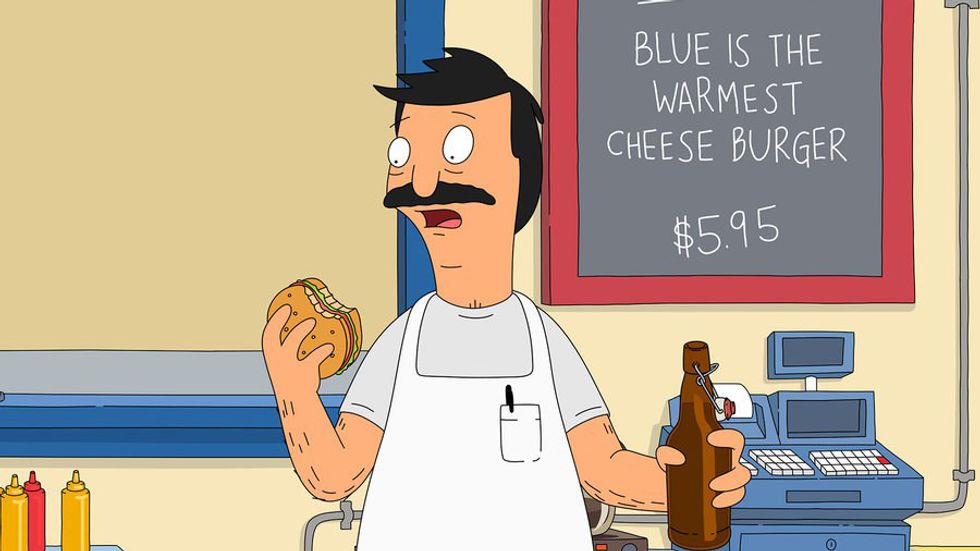Last week I stumbled upon a Buzzfeed article titled, "Vogue Declared Cleavage To Be "Over" And Now They're Getting Roasted," which highlighted people's frustrations over a December issue story called "Desperately Seeking Cleavage." Women everywhere took to Twitter to voice their frustrations.
Vogue has apparently said breasts are no longer fashionable. That is not how bodies work fam
— Leah Ocarina (@OcarinaLink24)
As for body shaming, are yall even surprised that vogue is doing that? As if they didn't force "heroin chic" throughout the 90's & 2000's
— r (@SimplyRania) November 2, 2016
Though the magazine's social media admittedly highlighted the intent of the story rather poorly, with Twitter polls asking readers to weigh in, the article itself was not intending to body shame the D-Cupped fashionista. The trend that the writer Kathleen Baird-Murray was referring to was the deep V's and exposure of much of one's breasts that has been popular on runways and red carpets in the past. An example of that trend is shown below.
In many recent collections, however, designers throughout the fashion world opted for more conservative cuts. Baird-Murray cites multiple prominent designers in her story, like high-necked formalwear from Louis Vuitton and even a corset by Prada that leaves everything to the imagination. The article doesn't focus on whether or not cleavage is "fashionable," but rather how the female figure plays a role in high fashion.
On the very surface of this article, the outrage is understandable, but the story itself is not something that warrants a comparison to the "heroin chic" trend of the 90s. It highlights a phenomenon in fashion that ebbs and flows, just as all trends do, and doesn't tell its readers how their bodies should look.




































